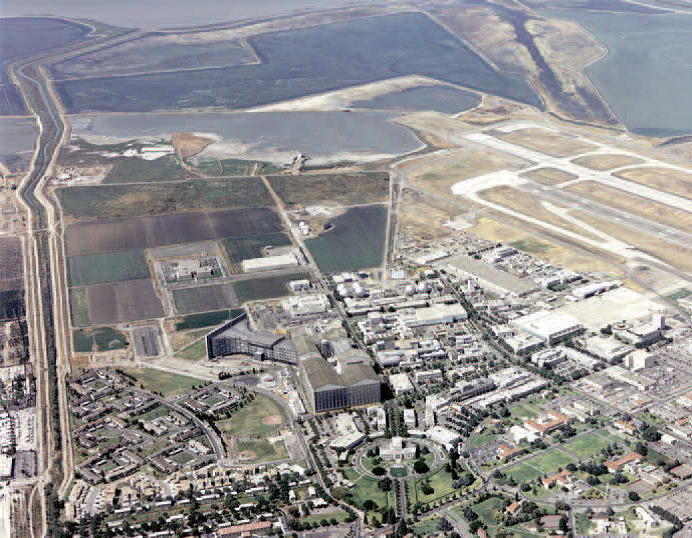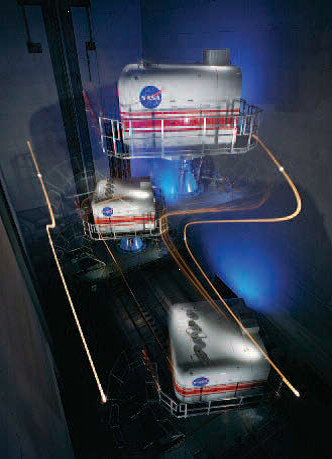The Ames Research Center provides unparalleled support to all of NASA's space exploration and aeronautic ventures. With a total annual budget of $900 million and $3 billion worth of research equipment, the center provides 42,000 jobs for the nation while spurring the technological development of Silicon Valley, where it is located. It is the primary hub for the research and development of air traffic management; advanced supercomputing; astrobiology; human factors; entry descent, lands systems, and intelligent systems.

The Ames Research Center is located in Moffett Field, CA
The various research organizations housed at Ames collaborate in support of NASA's overall mission. The Intelligent Systems Division designs the software and systems to be used with all NASA's Mission Directorates. The Transonic Wind tunnel (TWT) measuring 11 x 11-feet along with other winds tunnels allow the testing of military, commercial, and space vehicles to be tested.
Other Ames exclusives include the Pleiades supercomputer, the 7th most powerful in the world, and the Vertical Motion Simulator (VMS). VMS is used to resolve issues pertaining to space craft design and mission operations by simulating conditions that offer six-degree-of-freedom range of motion with the ability to traverse 60 feet vertically and 40 feet horizontally. 
The VMS offers the greatest range of motion than any other flight simulator in the world.
The scope of the Ames Research Center is broad and even includes earth science initiatives such as the Coastal and Ocean Airborne Science Testbed (COAST), an effort to advance coastal ecosystem understanding through the study of complex coastal zones via an airborne payload specifically suited for remote sensing.
Additionally, Ames develops new technology by leveraging its facilities and expertise to create partnerships between the government and the private sector, in order to explore alternative pools of talent and ideas. To this end, Ames features the NASA Research Park (NRP), an education campus used as the platform through which to explore these collaborative efforts. In the past, the m2mi corporation combined their niche skills in software technology, sensors, and global awareness with Ames' proficiency in nanosensors and nanosatellites to develop a fifth-generation nanosat.
By Maximilian Teodorescu
Advertisement





